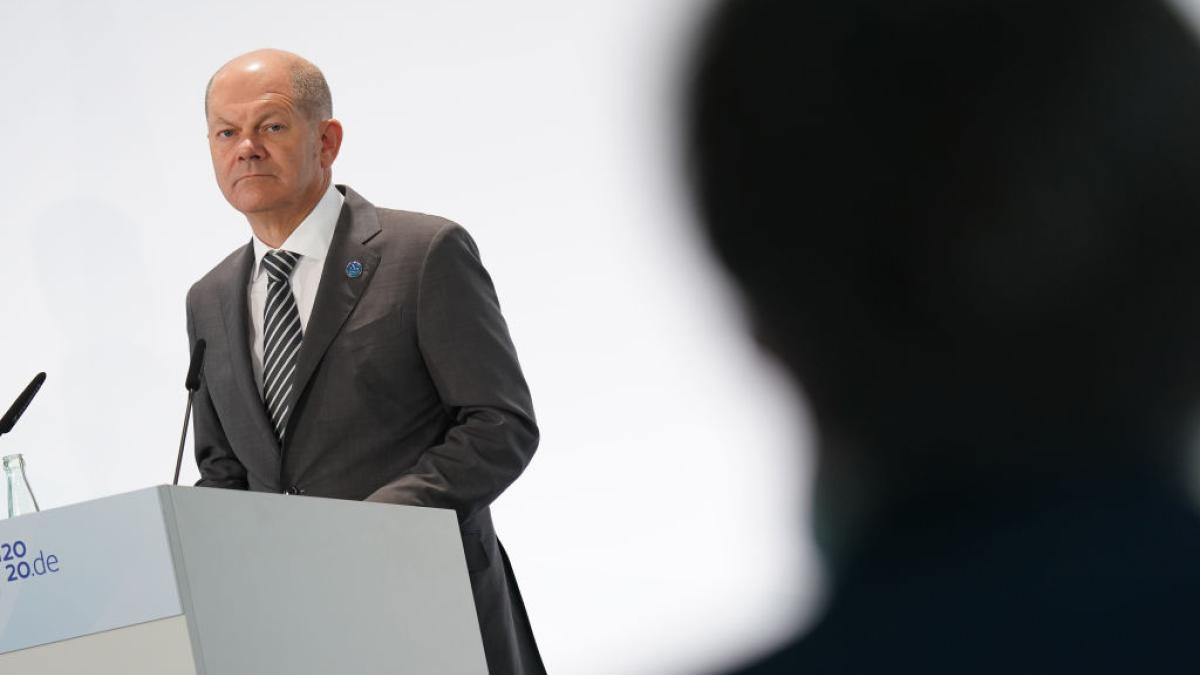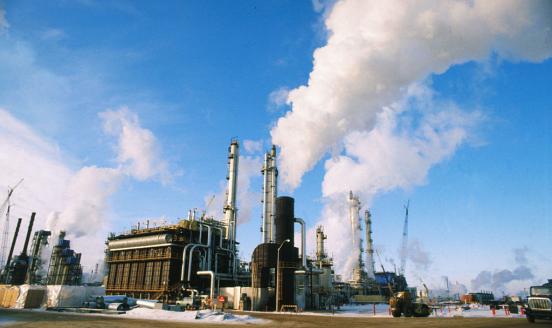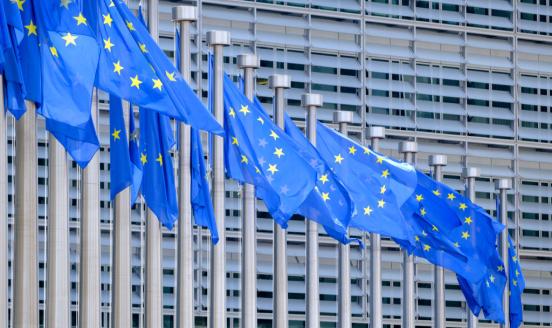Bypassing the German debt brake and continuing climate spending
There are ways around Germany’s debt brake, which limits government borrowing and is seen as a threat to the climate transition.

A 15 November ruling of Germany’s top court disallowing the circumvention of constitutional debt limits through special funds has stumped Germany and the European Union with its possible implications. In particular, the ruling has major implications for the climate transition, and for the increased government spending needed to pay for it.
Germany enforces tough spending rules on its governments. The so-called debt brake limits budget deficits to 0.35% of GDP, adjusted for the cycle, except for in emergencies. But Germany has €60 billion of borrowed money parked in a Climate and Transformation Fund (Klima- und Transformationsfonds, KTF) and up to €200 billion in an Economic Stabilisation Fund (Wirtschaftsstabilisierungsfonds, WSF). These arose from unused COVID-19 related debt in 2021. In comparison, the debt-brake rule was only expected to allow €46 billion in new federal government debt in 2023. The court ruling likely implies that the debt authorisations underpinning these massive funds now need to be accounted for in line with the debt brake.
There is no reasonable way this can be done by the end of 2023. To get around the debt brake this year, the government has declared an emergency. For the 2024 budget, however, the government coalition is still fighting over the best way forward. The main worry is that Germany, which already spends a lower share of government revenues on investment than most OECD countries, might reduce investments further to comply with the debt brake.
But even if the current debt brake is maintained, reducing public investment will reflect a policy choice, rather than a necessity. In fact, the government has several options, though each will be opposed strongly by one or more parties in the current coalition: (1) reducing government spending on everything other than investments, (2) increasing taxes, (3) designating a new KTF with a two-thirds Parliamentary majority, or (4) allowing the European Union to raise more debt to finance green investment, including in Germany.
If no compromise can be found on any of the above, the German government can trigger ‘public’ investments without breaking its debt rules. Massive investment in renewables, back-up plants and grids might by financed through levies on future consumers. Investment in industry decarbonisation can be publicly supported through off-budget investment funds that borrow against an allocation of future emission allowances, and/or through signing carbon contracts for differences that put contingent liabilities on future budgets.
There are ways outside the fiscal straitjacket by which the German government can shift the cost of current green investment into the future. But this can be only a temporary fix. More structurally, fiscal rules that push government investment programmes outside the democratic budget process do a disservice to the constitution and need to be reformed.



